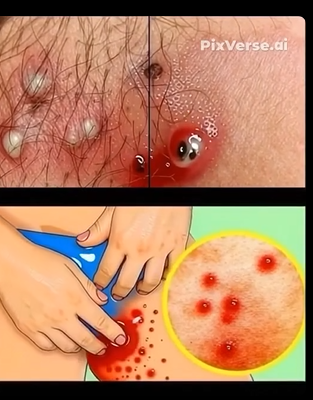
At first, shingles may look like a simple rash — but it can quickly turn into something far more painful. Many people ignore the early warning signs until the burning pain and blisters become unbearable. The truth is, the virus behind shingles can lie dormant in your body for decades, waiting for the right moment to strike.
5
What Is Shingles?
Shingles, or herpes zoster, occurs when the varicella-zoster virus — the same virus that causes chickenpox — reawakens after years of dormancy. Once you’ve had chickenpox, the virus hides in nerve cells, sometimes resurfacing later as shingles. The result is a painful, blistering rash that follows nerve paths and can last for weeks.
Why Does It Reactivate?
Triggers include aging, stress, and weakened immunity from illnesses or medications. Anyone who’s had chickenpox is at risk, though shingles itself isn’t highly contagious. However, contact with shingles blisters can spread chickenpox to those who’ve never had it.
Recognizing Early Symptoms
Shingles often starts subtly — a tingling, burning, or stabbing pain on one side of the body, followed by fatigue or mild fever. Within days, a red rash appears, turning into fluid-filled blisters that crust over as they heal. Some experience lingering pain long after recovery, known as postherpetic neuralgia.
Treatment Options
While there’s no cure, early antiviral treatment (such as acyclovir or valacyclovir) can reduce symptoms and speed healing. Pain relief, soothing creams, and rest also help manage discomfort.
Prevention and Protection
Vaccination is the best defense, especially for adults over 50. Maintaining a healthy lifestyle — managing stress, sleeping well, and supporting immunity — further lowers risk.
The Silent Virus
Shingles isn’t just a rash; it’s a painful reminder of a virus that never truly leaves. Recognizing symptoms early and seeking treatment can make all the difference.
Listen to your body — and act before it’s too late.